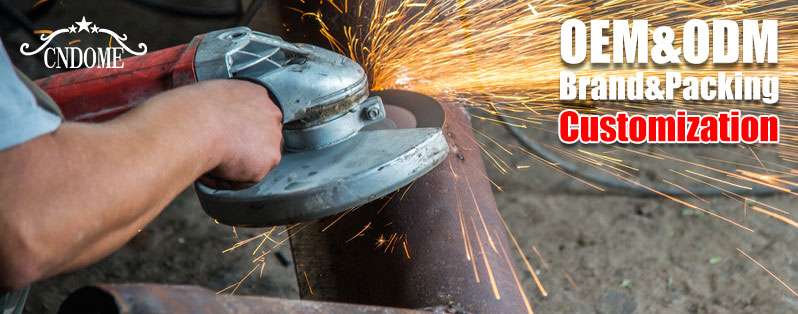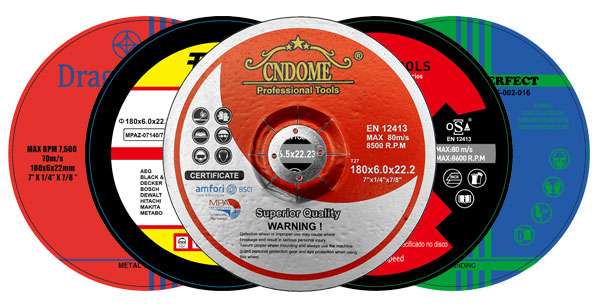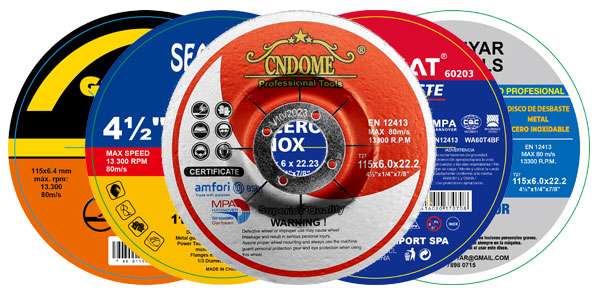Grinding wheels are the unsung heroes of machining and fabrication, quietly shaping and refining materials with precision and efficiency. From metalworking to woodworking, these indispensable tools come in various types, each designed for specific applications and materials. In this exploration, we delve into the world of grinding wheels, uncovering their types, uses, and advantages.
Understanding Grinding Wheels:
At its core, a grinding wheel consists of abrasive particles bonded together to form a solid, rotating disc. The abrasive particles, typically aluminum oxide, silicon carbide, or diamond, are responsible for cutting, grinding, and polishing various materials. The bonding material, usually vitrified, resin, or metal, holds the abrasive particles in place, ensuring durability and stability during operation.
Types of Grinding Wheels:
- Straight Grinding Wheels: These are the most common type of grinding wheel, featuring a flat, disc-like shape. They are versatile and suitable for surface grinding, cylindrical grinding, and tool sharpening tasks.
- Cylinder Wheels: As the name suggests, these wheels have a cylindrical shape, ideal for grinding cylindrical surfaces and internal diameters.
- Tapered Grinding Wheels: These wheels are narrower at the mounting point and gradually widen towards the outer edge. They are used for grinding threads, gear teeth, and other intricate profiles.
- Dish Grinding Wheels: Characterized by their concave shape, these wheels are excellent for grinding contours and internal diameters. They provide a larger grinding surface area, enabling efficient material removal.
- Diamond Wheels: Made with synthetic diamonds bonded to the surface, diamond wheels are exceptionally hard and durable. They excel in grinding hard materials such as carbides, ceramics, and glass, delivering superior precision and surface finish.
- CBN (Cubic Boron Nitride) Wheels: Similar to diamond wheels, CBN wheels feature cubic boron nitride particles bonded to the surface. They are highly effective for grinding ferrous materials like hardened steel, offering high thermal conductivity and wear resistance.
- Grinding Cup Wheels: These are specialized wheels with a cup-shaped design, typically used for surface grinding and edge chamfering tasks. They are popular in applications such as concrete grinding and stone fabrication.
Advantages of Different Types:
- Straight grinding wheels offer versatility and ease of use for general-purpose grinding tasks.
- Diamond and CBN wheels provide exceptional hardness and durability, making them suitable for grinding hard and brittle materials.
- Cylinder and tapered wheels are ideal for precision grinding of cylindrical and tapered surfaces.
- Dish wheels offer a larger grinding surface area, facilitating efficient material removal and contour grinding.
- Grinding cup wheels excel in surface preparation and shaping tasks, especially on hard materials like concrete and stone.
Grinding wheels are indispensable tools in various industries, providing the means to shape, sharpen, and refine materials with precision and efficiency. Understanding the different types of grinding wheels and their applications is crucial for achieving optimal results in machining and fabrication processes. Whether you’re smoothing metal surfaces or sharpening tools, choosing the right grinding wheel can make all the difference in the quality and efficiency of your work.



